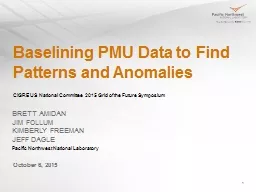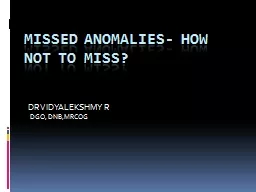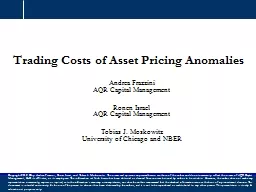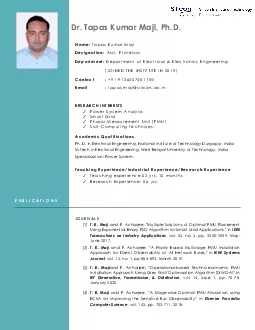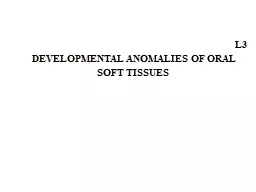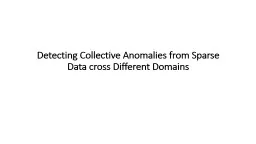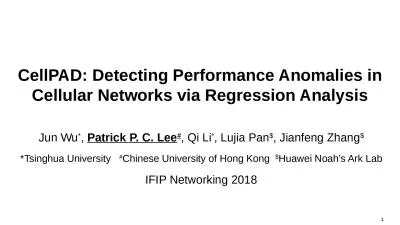PPT-Baselining PMU Data to Find Patterns and Anomalies
Author : briana-ranney | Published Date : 2018-11-23
Brett amidan Jim Follum Kimberly Freeman Jeff Dagle Pacific Northwest National Laboratory October 6 2015 1 CIGRE US National Committee 2015 Grid of the Future
Presentation Embed Code
Download Presentation
Download Presentation The PPT/PDF document "Baselining PMU Data to Find Patterns and..." is the property of its rightful owner. Permission is granted to download and print the materials on this website for personal, non-commercial use only, and to display it on your personal computer provided you do not modify the materials and that you retain all copyright notices contained in the materials. By downloading content from our website, you accept the terms of this agreement.
Baselining PMU Data to Find Patterns and Anomalies: Transcript
Download Rules Of Document
"Baselining PMU Data to Find Patterns and Anomalies"The content belongs to its owner. You may download and print it for personal use, without modification, and keep all copyright notices. By downloading, you agree to these terms.
Related Documents

